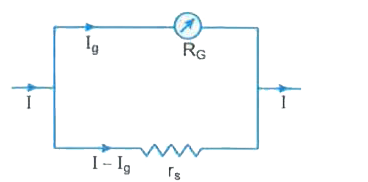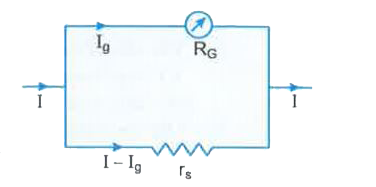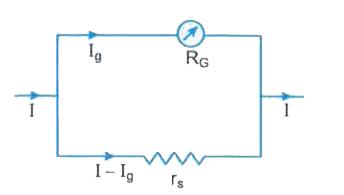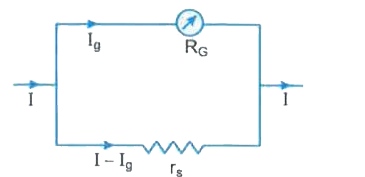The function of IgE is:
mediate in allergic respone
activation of B-cells
protection from inhaled and ingested pathogens
stimulation of complement system, passive immunity pathogens
The correct Answer is:A
Step by step video, text & image solution for The function of IgE is: by Biology experts to help you in doubts & scoring excellent marks in Class 12 exams.
Updated on:21/07/2023Topper's Solved these Questions
- BASIC CONCEPTS OF IMMUNOLOGYBOOK - ARIHANT NEETCHAPTER - BASIC CONCEPTS OF IMMUNOLOGYEXERCISE - Assertion and Reason
6 Videos
- ANIMALIA-III (CHORDATES)BOOK - ARIHANT NEETCHAPTER - ANIMALIA-III (CHORDATES)EXERCISE - MEDICAL ENTRANCES GALLARY (COLLECTION OF QUESTIONS ASLED IN NEET & VARIOUS MEDICAL ENTREANCE EXAMS)
76 Videos
- BIODIVERSITY AND ITS CONSERVATION BOOK - ARIHANT NEETCHAPTER - BIODIVERSITY AND ITS CONSERVATION EXERCISE - Section-C(Medical entrances gallery(Collection of questions asked in NEET & Various Medical Entrances Exams))
85 Videos
Similar Questions
A moving coil galvanometer is a sensitive device which can be used as a detector to check if a curretn is flowing in a circuit. A galvanometer works on the principle that a current carrying coil placed in a radial magnetic field experiences a deflecting torque whose magnitudes is directly proportional to the electric current passing through it. The deflection ϕ is indicated by a pointer and is give as ϕ=NABk⋅I.
A galvonometer can be used to measure electric current flowing througha circuit direcly in ampere and its submultiples. For this purpose we join a small resistance 'rs' in parallel to the galvonometer. Such a shunted galvonometer is called an ammeter. If a galvanomter, having a resistance RG, givens full scale deflection for a current Ig and we want to measure a current ranging from 0−IgA, then the value of shunt resistance will be
rs=RG⋅IgI−Ig

What is the net resistance of shunted galvanomter?
View SolutionA moving coil galvanometer is a sensitive device which can be used as a detector to check if a curretn is flowing in a circuit. A galvanometer works on the principle that a current carrying coil placed in a radial magnetic field experiences a deflecting torque whose magnitudes is directly proportional to the electric current passing through it. The deflection ϕ is indicated by a pointer and is give as ϕ=NABk⋅I.
A galvonometer can be used to measure electric current flowing througha circuit direcly in ampere and its submultiples. For this purpose we join a small resistance 'rs' in parallel to the galvonometer. Such a shunted galvonometer is called an ammeter. If a galvanomter, having a resistance RG, givens full scale deflection for a current Ig and we want to measure a current ranging from 0−IgA, then the value of shunt resistance will be
rs=RG⋅IgI−Ig

How is a radial magnetic field obtained?
View SolutionOnto function (Surjective function) and Into functions
View SolutionA moving coil galvanometer is a sensitive device which can be used as a detector to check if a curretn is flowing in a circuit. A galvanometer works on the principle that a current carrying coil placed in a radial magnetic field experiences a deflecting torque whose magnitudes is directly proportional to the electric current passing through it. The deflection ϕ is indicated by a pointer and is give as ϕ=NABk⋅I.
A galvonometer can be used to measure electric current flowing througha circuit direcly in ampere and its submultiples. For this purpose we join a small resistance 'rs' in parallel to the galvonometer. Such a shunted galvonometer is called an ammeter. If a galvanomter, having a resistance RG, givens full scale deflection for a current Ig and we want to measure a current ranging from 0−IgA, then the value of shunt resistance will be
rs=RG⋅IgI−Ig

If you want to measure a current ranging 0 - 1.5 A using the above galvonometer. What shunt resistance should be joined with it ? Resistance of galvanometer coil is 300Ω.
View SolutionA moving coil galvanometer is a sensitive device which can be used as a detector to check if a curretn is flowing in a circuit. A galvanometer works on the principle that a current carrying coil placed in a radial magnetic field experiences a deflecting torque whose magnitudes is directly proportional to the electric current passing through it. The deflection ϕ is indicated by a pointer and is give as ϕ=NABk⋅I.
A galvonometer can be used to measure electric current flowing througha circuit direcly in ampere and its submultiples. For this purpose we join a small resistance 'rs' in parallel to the galvonometer. Such a shunted galvonometer is called an ammeter. If a galvanomter, having a resistance RG, givens full scale deflection for a current Ig and we want to measure a current ranging from 0−IgA, then the value of shunt resistance will be
rs=RG⋅IgI−Ig

Why do we use a radial magnetic field in a moving coil galvonometer?
View SolutionA moving coil galvanometer is a sensitive device which can be used as a detector to check if a curretn is flowing in a circuit. A galvanometer works on the principle that a current carrying coil placed in a radial magnetic field experiences a deflecting torque whose magnitudes is directly proportional to the electric current passing through it. The deflection ϕ is indicated by a pointer and is give as ϕ=NABk⋅I.
A galvonometer can be used to measure electric current flowing througha circuit direcly in ampere and its submultiples. For this purpose we join a small resistance 'rs' in parallel to the galvonometer. Such a shunted galvonometer is called an ammeter. If a galvanomter, having a resistance RG, givens full scale deflection for a current Ig and we want to measure a current ranging from 0−IgA, then the value of shunt resistance will be
rs=RG⋅IgI−Ig

There is a moving coil galvonometer in which there are 30 divisions on either side of central zero mark. It gives full scale deflection for a current of 600μA. What is its current sensitivity ?
View SolutionThe composition of any function with the identity function is the function itself.
View SolutionInverse function|| Bounded function || Explicit & Implicit function
View SolutionHomogeneous Function || Bounded function || Identity function|| Explicit and implicit function || Even and odd function
View SolutionThe discontinuous function of the following function is
View Solution
